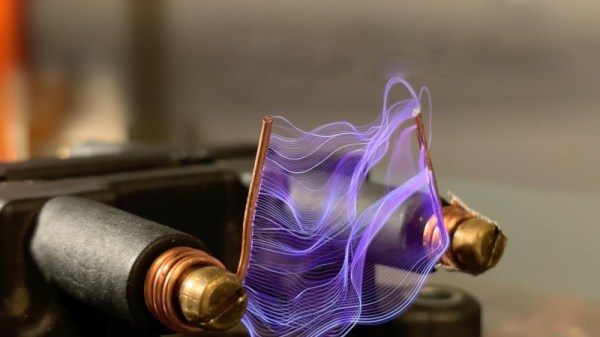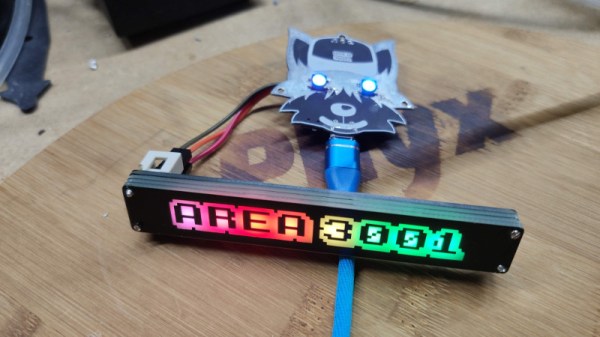It’s rare that makers get involved in out-and-out munition production. It’s dangerous, and usually frowned upon by local authorities. That said, it can be fun to experiment around, and [Ivan] does just that, attempting to launch a 3D-printed torpedo from a kayak. The build may have been done as a marketing exercise, but it raises some interesting questions about naval engineering.
The first revision consists of a 3D-printed hull, containing a rubber-band powered propeller. A soda bottle filled with compressed air is then used as a warhead, fitted with a contact fuse to release its charge on impact. Unfortunately, initial tests were underwhelming, with the rubber band mechanism failing to provide any real forward propulsion.
A trip back to the drawing board was due, and the design was revived with a brushless motor powerplant instead. This allowed the torpedo to trawl, albeit slowly, through the water. It also proved that the compressed air “warhead” could successfully discharge, albeit with less of a bang, more of a whimper.
The build, while undertaken for the sake of fun, does highlight some of the engineering challenges inherent in building a working torpedo. There were issues with buoyancy, as well as providing the torpedo with enough power to move quickly in the water. On top of this, the matter of guidance is also an important one. We’d love to know how the Hackaday commentariat would go about solving these issues when undertaking their own build – let us know down below. We’ve seen others tackle similar builds before, too. Video after the break.
Continue reading “Even Joke Torpedoes Are Pretty Hard To Get Right”






















